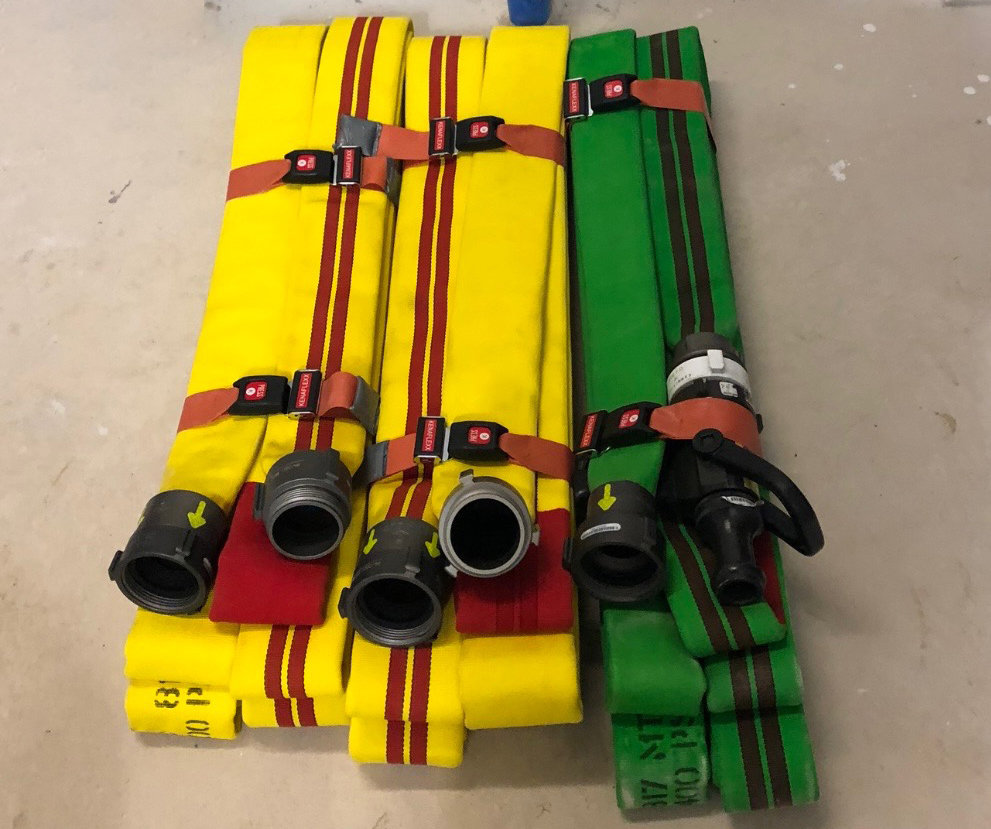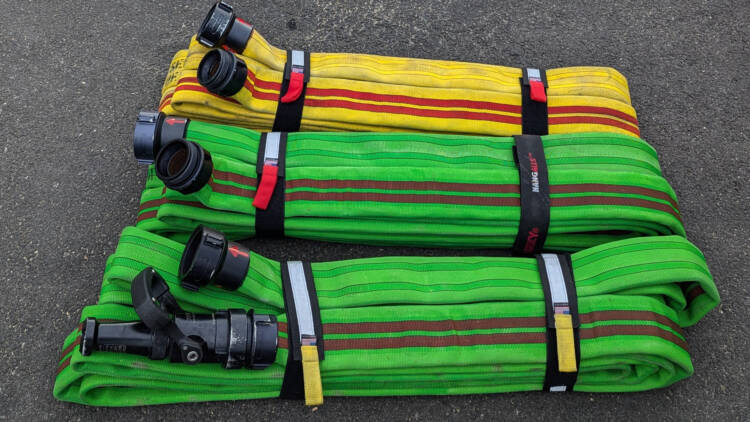Lt. Ray McCormack has made quite a name in the American fire service. He retired as a lieutenant after 39 years in the Fire Department of New York. He was the lead author for FDNY’s Engine Company Operations Manual and developed and taught Back to Basics Standpipe for all FDNY firefighters. So it's safe to say, he knows a thing or two about this topic...
This is a repost of an older write up by Ray along with some video resources spotlighting the FDNY fold for standpipe operations. We're grateful for his permission to post.
TACTICAL TIPS FOR THE NEW YORK STYLE STANDPIPE STRETCH
Written by Lt. Ray McCormack ( FDNY – Retired )
Using three 50’ lengths of hose allows for most standpipe stretches.
Attach the hoseline to an outlet on the floor below the fire.
If the outlet is in a scissor stair and it’s damaged, go down two floors and make your connections in the same stairway – one length of hose should reach.
Using a light weight 2” lead length can reduce total weight by 50 lbs from a standard 2 1-2” length of hose and requires less outlet pressure than 1 ¾” hose.
A 2” lead length with a 1” tip will deliver 210 gpm at 50 psi nozzle pressure along with 77 lbs of nozzle reaction.
When charging the hoseline, do it slowly. Let the hoseline fill up completely before bleeding the nozzle. This reduces the chance of the hoseline getting caught in open treads and stairway voids. It also stops us from chasing false kinks in the hoseline.
The firefighter at the outlet needs to get a reading on the initial pressure being supplied so that they know how far they are from the target pressure.
The hoseline needs to be bleed long enough to obtain proper operating pressure from the outlet and the nozzle must be opened fully to accomplish this. The initial pressure being supplied to the hoseline may be very high, so open the bale slowly. Once operating pressure is obtained, shut down.
All hose packs should be kept intact while the coupling connections are being made. The midpoint of each length is painted for easy identification.
The nozzle pack should stay strapped together until reaching the fire floor landing in the stairway. At that point a decision is made as to the type of stretch, wet or dry. That decision will determine where the nozzle length will be flaked out.
The last length in the stretch should be laid down closest to the standpipe outlet.
Bleeding the line will take place within the attack stairway for a wet stretch. If performing a dry stretch to the fire area, bleeding the line usually occurs in a hallway, close to the fire area.
Try to avoid bleeding the line in the direction of the elevator shaft, if possible. If the elevators are ahead of the line, bend the hoseline back toward the stairway and bleed the line.
If the lead length is laid out on a return style stair, up to the half landing above for a wet stretch, make sure that the nozzle-half of the length is laid-out on the exterior wall side of the stairway for a rapid advancement.

SAMPLE STAIRCASE STRETCH WITH THE NEW YORK PACK
With our friends at Affordable Drill Towers, Lt. McCormack shares his experience of stretching a handline up the stairs, into a stairwell and down a hallway... You also better make sure that your hose lines are packed in a manner that they can easily be deployed!
THE NEW YORK STANDPIPE FOLD IN ACTION
In this episode of Brass Tacks and Hard Facts, Ray McCormack reviews the New York Standpipe fold, a common hose pack used for deploying hose in standpipe equipped buildings. He gives an overview of the hose bundle, its deployment, and how to repack it.

